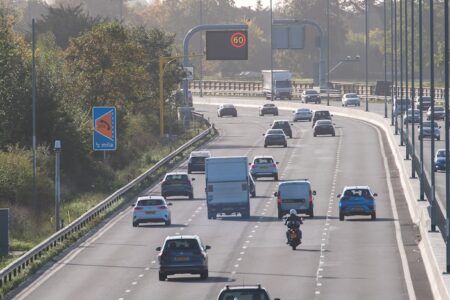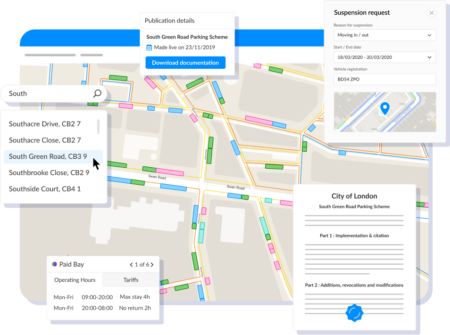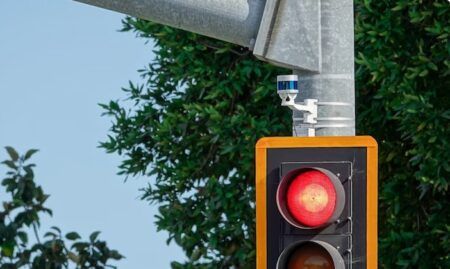The pioneering wrong-way detection and warning system that is being tested along 15 miles (24km) of Interstate 17 in the Phoenix, Arizona, area has successfully detected its first wrong-way vehicle in travel lanes, preventing a possible collision.
According to the Arizona Department of Transportation (ADOT) and Arizona Department of Public Safety (DPS), officials were alerted in the early hours of July 5 to a vehicle traveling southbound in the wrong direction between Loop 101 and Bell Road. No crash resulted from the incident, which involved the first vehicle detected on I-17 travel lanes in Phoenix since the wrong-way system went into operation in January.
At 1:11 a.m., the system sounded an alert that a wrong-way vehicle was traveling southbound in the northbound lanes of I-17 at Union Hills Road. The vehicle exited shortly after, turned around and reentered I-17 going the right way in the northbound lanes. While traffic operators and DPS continued tracking the vehicle, state troopers alerted through the system stopped the driver and took him into custody on suspicion of DUI.
The US$4m system includes 90 of FLIR’s ThermiCam thermal detection cameras positioned above exit ramps and the mainline of the freeway between the I-10 ‘Stack’ interchange near downtown to the Loop 101 interchange in north Phoenix. The first-of-its-kind system in the USA is designed to provide immediate alerts to ADOT and DPS, so traffic operators can quickly warn other drivers via overhead message boards, and state troopers can respond faster than relying on 911 calls from other drivers.
A detection by the system sets off a loud horn in ADOT’s Traffic Operations Center (TOC) as a window appears on operators’ workstations showing video from the thermal camera and providing other data. Using a computerized decision support system, operators can immediately activate digital message boards in the area, alerting drivers and instructing them to exit the freeway.
If the detection is at an off-ramp, an internally illuminated wrong-way sign with red flashing LEDs will activate. These are positioned along the ramp to attract the attention of wrong-way drivers, most of whom are impaired, often severely. As it continues to study results from the wrong-way system along with partner agencies, ADOT is planning to install the technology along the Loop 202 South Mountain Freeway that is scheduled to open in late 2019, and is also looking at adding it to other freeways.
In addition to last week’s incident, the system has detected more than 20 vehicles entering I-17 off-ramps and frontage roads in the wrong direction. None of these other vehicles is believed to have entered I-17 travel lanes, with the majority of drivers turning around on exit ramps.
ADOT says technology like the I-17 thermal camera system cannot prevent all wrong-way crashes from happening, but its primary goal is reducing the risk of serious crashes by alerting the agency and DPS to wrong-way vehicles much faster than waiting for 911 calls from other motorists. Faster detection is a key to giving law enforcement officers an improved chance of responding to a wrong-way vehicle.




